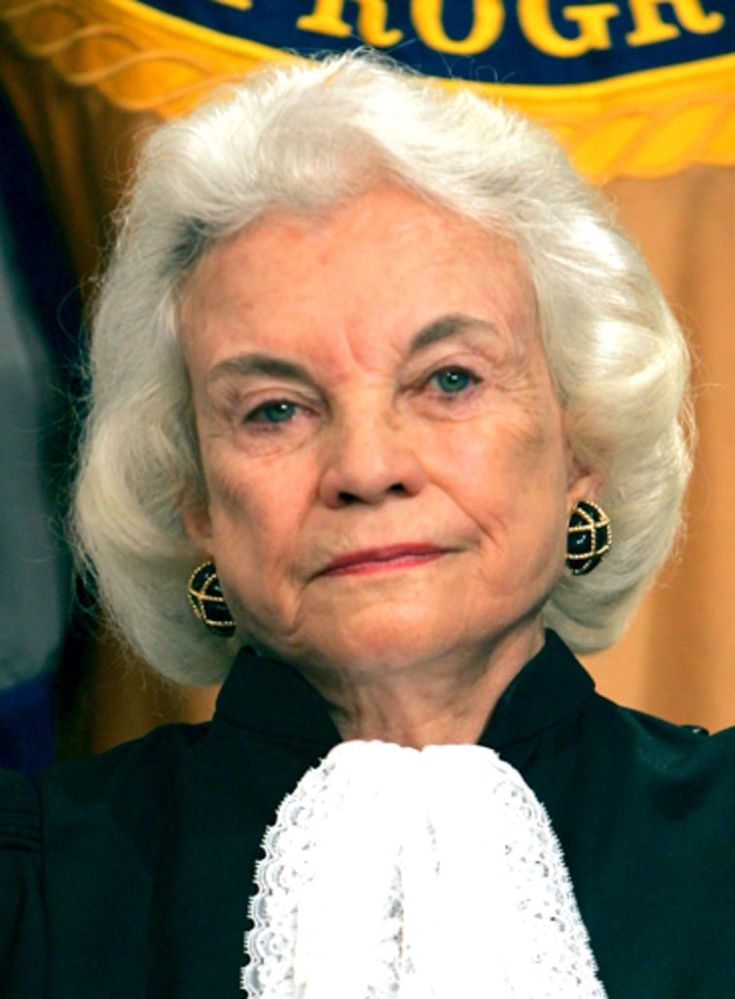
Dalai Lama

The 14th Dalai Lama was born Lhamo Döndrub, the 5th child of a large family in the farming village of Qinghai, China. At the age of two, he was picked out as the rebirth of the thirteenth Dalai Lama and sent for formal monastic training to become a Buddhist monk and eventually become the spiritual head of the Tibetan people. His spiritual name is Tenzin Gyatso, though he is mostly referred to as the ‘Dalai Lama’
Dalai Lama
He was formally enthroned as the Dalai Lama in 1950, shortly after the Chinese invasion of Tibet. He was thrust into a position of immense significance becoming both spiritual and political leader to a country under invasion and occupation.
After several years of Chinese occupation and persecution of the Tibetan religious practices, the Dalai Lama feared capture by the Chinese and so reluctantly decided to leave and fled over the border into India. It was a perilous journey – undertaken mostly on foot. After meeting with the prime minister of India, Jawaharlal Nehru, the Dalai Lama and up to 80,000 Tibetan exiles were allowed to stay and set up a government in exile in Dharamshala, India.
The Dalai Lama has followed a long campaign of non-violent resistance to the Chinese occupation. He has frequently called on the Chinese to respect the basic human rights of the indigenous Tibetans and end the migration of the ethnic Han Chinese into Tibet. In 1987 he proposed a five-point peace plan about the future of Tibet and called Tibet to be made into a zone of peace. He also secured United Nations resolutions to support the right for Tibetan self-determination.
As well as being the leader of the political struggle for Tibet, he has taught extensively on Buddhist philosophy, and in particular his teachings of loving kindness and the spiritual practice of Dzogchen.


